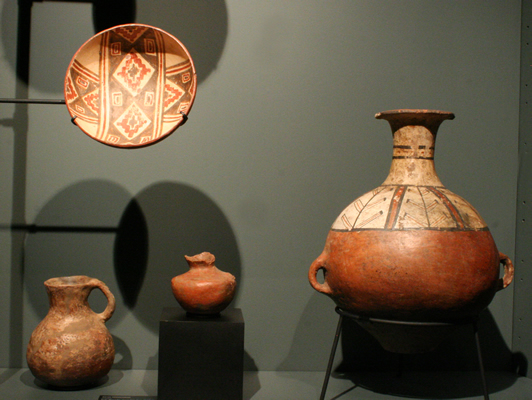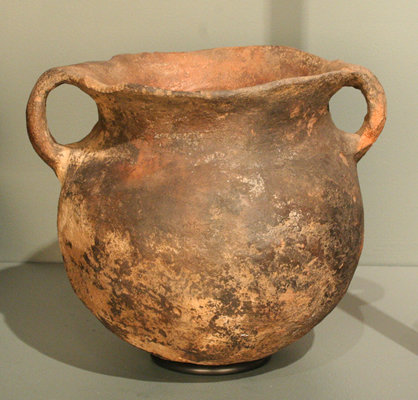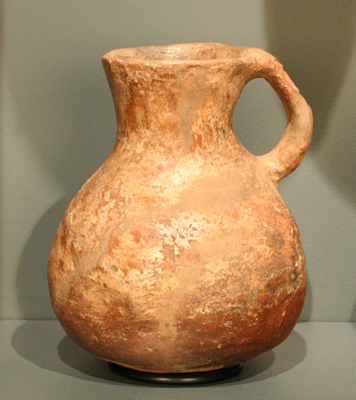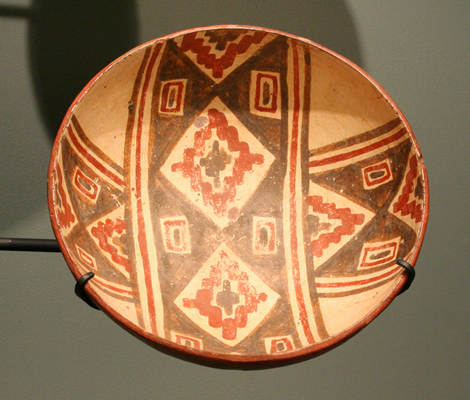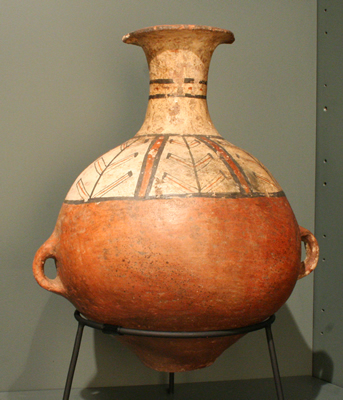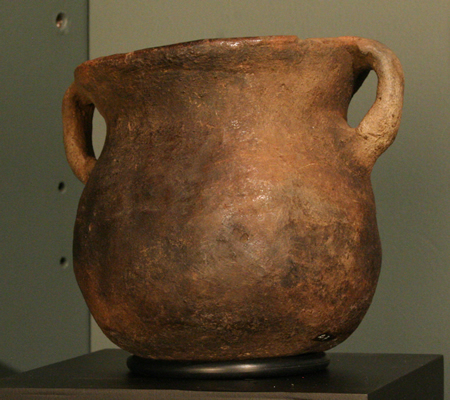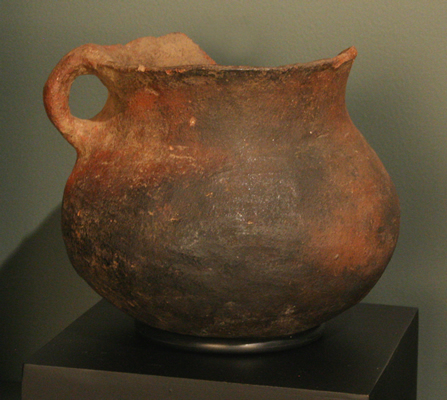Chile under the Inka Empire – 2009
Southern Frontier
Funeral offering found beyond the southernmost extent of Tawantinsuyu, showing relations between Inkas and local groups
The southernmost limit of Collasuyu was around 2,500 km (1,500 miles) from the Inka capital in Cuzco and was the most distant territory controlled by the Inka Empire. The exact boundary is hard to place, but it seems likely to have been just north of the modern city of Rancagua, at around 34° south. The last imperial constructions are found here, at the summit of Cerro Grande de la Compañía (also known as Cerro del Inga), which overlooks the entire Central Valley. All the same, this boundary did not inhibit Inka relations with cultures living beyond their territory, with whom they may have fought, traded and entered into agreements. A clear example of such a situation is the tomb containing four children that is located some 40km (25 miles) south of Cerro del Inga, in Doñihue. The grave includes ceramics in a number of local styles and several with clear Inka designs, similar to those found throughout Tawantinsuyu.




































